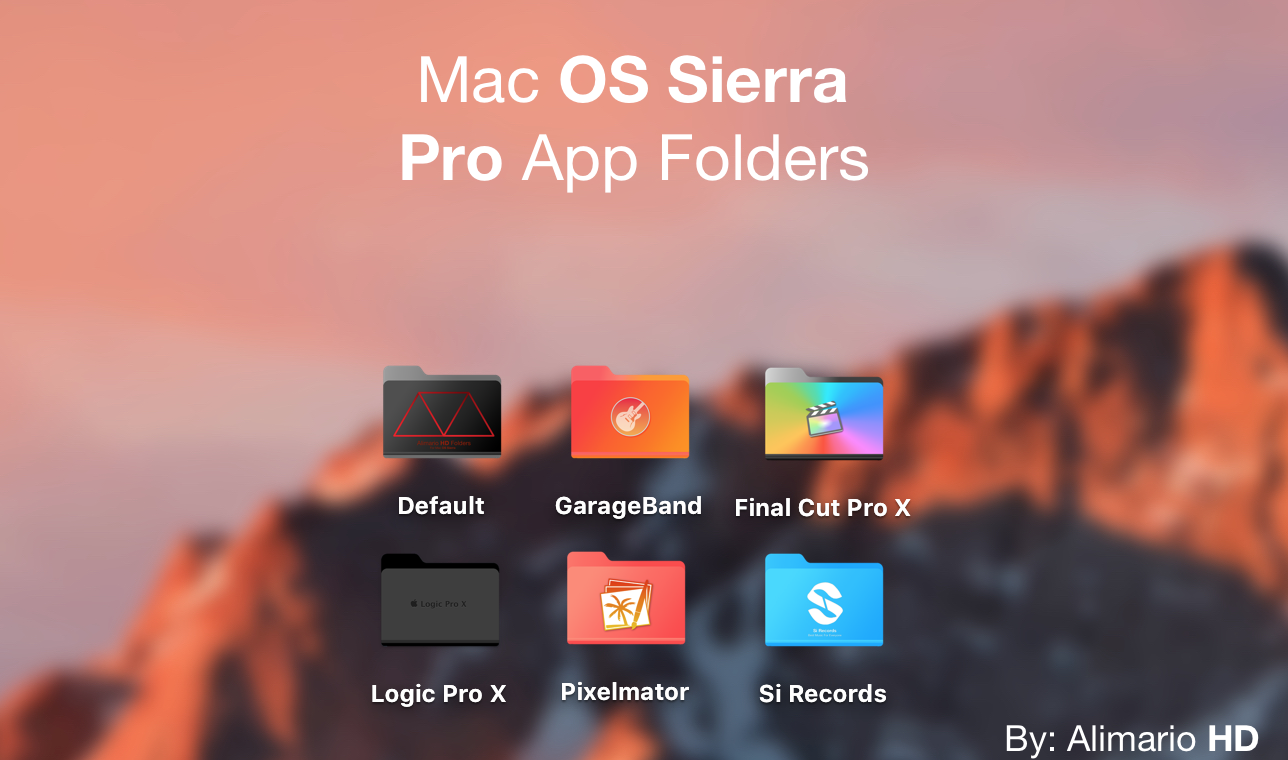Photostory is not available for Mac but there are some alternatives that runs on macOS with similar functionality. The most popular Mac alternative is Photostage, which is free. If that doesn't suit you, our users have ranked 32 alternatives to Photostory and seven of them are available for Mac so hopefully you can find a suitable replacement. Feb 08, 2013 Microsoft Photo Story 3 is available to all software users as a free download for Windows 10 PCs but also without a hitch on Windows 7 and Windows 8. Compatibility with this slideshow creator software may vary, but will generally run fine under Microsoft Windows 10, Windows 8, Windows 8.1, Windows 7, Windows Vista and Windows XP on either a 32. Create slideshows using your digital photos. With a single click, you can touch-up, crop, or rotate pictures. Add stunning special effects, soundtracks, and your own voice narration to your photo stories. Then, personalize them with titles and captions. Small file sizes make it easy to send your photo stories in an e-mail. Photo Story 3 Instructions and Use - Page 1 of 13 Photo Story 3 Introduction and Tutorial Photo Story 3 is a Microsoft Windows XP program that is installed on each computer in every migrated school. It is a free program that you can download at home to create digital storytelling.
Microsoft PhotoStory 3 is a great, simple way for students and teachers to create their own digital stories. I’ve demonstrated PhotoStory at several workshops and conferences and every time I do someone always asks, “Isn’t this available for Mac?” I understand the shock that Mac users experience when I tell them, “No, it’s only for Windows.” We Mac users are used to having the best, and easiest to use software. We feel slighted when something comes along that’s simple, easy, free, and we can’t have it. This is especially painful when that product comes from Microsoft.
“No. No. That’s not true! That’s impossible!”
Luke Skywalker, reacting to Darth Vader’s revelation that he is Luke’s father

For those of you who have been wanting a Mac solution to the PhotoStory dilemma, here’s something that might just work. It’s iMovie ‘08. This latest version of iMovie has drawn numerous bad reviews, mostly due to the fact that it is radically different from it’s previous version. While I’m not going to argue which is better, please allow me to present iMovie 08 as an alternative to PhotoStory. Here is an example of how to create a simple digital riddle using iMovie 08. I’ve written the steps in much the same way that similar project would be created using Photostory.
Since today is Presidents’ Day, I’m choosing to create a digital riddle about one of our Presidents, Millard Fillmore. Before starting this project I collected two pictures and placed them in a folder. One is a blank slide that I will use a background for my titles. The other is a photo of Millard Fillmore that I plan to use several times. The idea is to zoom in on certain parts of the picture and only reveal the entire photograph at the end.
Start a New Story
Go to FILE and select NEW PROJECT.
If you want your project to be a standard video format, I suggest you select a Standard (4:3) aspect ratio.
STEP 1: Import Pictures
You can bring your pictures into iMovie two ways. If they’re already in your iPhoto library, click the camera button (at the right of the screen below the preview window). Locate your pictures and drag them to the project window.
For my project, I'm saving two pictures - a blank background created in keynote and the picture of Millard Fillmore - in a folder. I can drag the pictures from the folder into the project window.
Since I want to use each picture more than once, I can drag the same picture multiple times to create copies.
STEP 2: Add Titles
Click the title button (located next to the camera button).
Select the style of title you want and drag it on top of a picture. For my President riddle I’m selecting a centered title for my questions and a lower third for my answer.
Type your titles in the preview window. You will notice that each picture with titles has a blue bar over it.
STEP 3: Add Narration
Unlike PhotoStory, there is no window to type your notes for narrating. You and your students will have to write them ahead of time and print them out or open them in a small window on your screen.
To record narration, click on the microphone button. Use your mouse to position the “red line” where you want to begin recording. When you click, you will get a 3 second countdown to begin recording. To stop recording, click the mouse button.
NOTE: In PhotoStory you only record one slide at a time. In iMovie if you don’t stop after each slide, your recording can flow into other slides. If this happens, you can adjust the length of each slide to fit the recording. In the picture below, notice that the voiceover (purple bar) for my third Millard Fillmore picture is 6.4 seconds long and the picture is only 4 seconds long.

Crop Images, Adjust Motion
Once you have adjusted the duration of your slides to match the voiceover, you can crop your images or adjust the pan and zoom. Click the crop button to make these adjustments.
You have three options.

- FIT - Make the entire picture fit in the window. You may see black bars on the sides or top & bottom.
- CROP - Crop the image so part of it fills the entire window.
- KEN BURNS - Make your image pan or zoom by setting a starting and ending point.
Unlike PhotoStory, iMovie does not have a music creator. To add music you must select it from your iTunes library or from the pre-made jingles found in the iLife sound effects folder.
For my President Riddle, I selected 'Medal Ceremony', because it just sounds Presidential. The song will appear as a green field behind your pictures. If the song you choose is longer than your video, it will fade out at the end.
STEP 5: Save Your Video
This creates an Quicktime or m4v version of your video which will play in Quicktime Player or iTunes. Go to SHARE and select EXPORT MOVIE.
You can select different qualities and sizes. Because I want a smaller file size, I’ll pick “mobile” for my project.
Once the file has been exported, you can post it online or upload it to a video sharing site like YouTube or TeacherTube. Here’s what my finished project looks like.
iMovie 08 does much more than what is explained in this tutorial. If you want to learn more about iMovie 08, check out the video tutorials on Apple’s web site: http://www.apple.com/ilife/tutorials/#imovie
Photos on Mac features an immersive, dynamic look that showcases your best photos. Find the shots you’re looking for with powerful search options. Organize your collection into albums, or keep your photos organized automatically with smart albums. Perfect your photos and videos with intuitive built-in editing tools, or use your favorite photo apps. And with iCloud Photos, you can keep all your photos and videos stored in iCloud and up to date on your Mac, Apple TV, iPhone, iPad, and even your PC.

A smarter way to find your favorites.
Photos intelligently declutters and curates your photos and videos — so you can easily see your best memories.
Focus on your best shots.
Photos emphasizes the best shots in your library, hiding duplicates, receipts, and screenshots. Days, Months, and Years views organize your photos by when they were taken. Your best shots are highlighted with larger previews, and Live Photos and videos play automatically, bringing your library to life. Photos also highlights important moments like birthdays, anniversaries, and trips in the Months and Years views.
Your memories. Now playing.
Memories finds your best photos and videos and weaves them together into a memorable movie — complete with theme music, titles, and cinematic transitions — that you can personalize and share. So you can enjoy a curated collection of your trips, holidays, friends, family, pets, and more. And when you use iCloud Photos, edits you make to a Memory automatically sync to your other devices.
The moment you’re looking for, always at hand.
With Search, you can look for photos based on who’s in them or what’s in them — like strawberries or sunsets. Or combine search terms, like “beach 2017.” If you’re looking for photos you imported a couple of months ago, use the expanded import history to look back at each batch in chronological order. And in the Albums section, you’ll find your videos, selfies, panoramas, and other media types automatically organized into separate albums under Media Types.
Fill your library, not your device.
iCloud Photos can help you make the most of the space on your Mac. When you choose “Optimize Mac Storage,” all your full‑resolution photos and videos are stored in iCloud in their original formats, with storage-saving versions kept on your Mac as space is needed. You can also optimize storage on your iPhone, iPad, and iPod touch, so you can access more photos and videos than ever before. You get 5GB of free storage in iCloud — and as your library grows, you have the option to choose a plan for up to 2TB.
Make an edit here, see it there. Webcamtoy.com eb. With iCloud Photos, when you make changes on your Mac like editing a photo, marking a Favorite, or adding to an album, they’re kept up to date on your iPhone, your iPad, and iCloud.com. And vice versa — any changes made on your iOS or iPadOS devices are automatically reflected on your Mac.
All your photos on all your devices. iCloud Photos gives you access to your entire Mac photo and video library from all your devices. If you shoot a snapshot, slo-mo, or selfie on your iPhone, it’s automatically added to iCloud Photos — so it appears on your Mac, iOS and iPadOS devices, Apple TV, iCloud.com, and your PC. Even the photos and videos imported from your DSLR, GoPro, or drone to your Mac appear on all your iCloud Photos–enabled devices. And since your collection is organized the same way across your Apple devices, navigating your library always feels familiar.
Resize. Crop. Collage. Zoom. Warp. GIF. And more.
Create standout photos with a comprehensive set of powerful but easy-to-use editing tools. Instantly transform photos taken in Portrait mode with five different studio-quality lighting effects. Choose Enhance to improve your photo with just a click. Then use a filter to give it a new look. Or use Smart Sliders to quickly edit like a pro even if you’re a beginner. Markup lets you add text, shapes, sketches, or a signature to your images. And you can turn Live Photos into fun, short video loops to share. You can also make edits to photos using third-party app extensions like Pixelmator, or edit a photo in an app like Photoshop and save your changes to your Photos library.
- LightBrilliance, a slider in Light, automatically brightens dark areas and pulls in highlights to reveal hidden details and make your photo look richer and more vibrant.
- ColorMake your photo stand out by adjusting saturation, color contrast, and color cast.
- Black & WhiteAdd some drama by taking the color out. Fine-tune intensity and tone, or add grain for a film-quality black-and-white effect.
- White BalanceChoose between Neutral Gray, Skin Tone, and Temperature/Tint options to make colors in your photo warmer or cooler.
- CurvesMake fine-tuned contrast and color adjustments to your photos.
- LevelsAdjust midtones, highlights, and shadows to perfect the tonal balance in your photo.
- DefinitionIncrease image clarity by adjusting the definition slider.
- Selective ColorWant to make blues bluer or greens greener? Use Selective Color to bring out specific colors in your image.
- VignetteAdd shading to the edges of your photo to highlight a powerful moment.
- Editing ExtensionsDownload third-party editing extensions from the Mac App Store to add filters and texture effects, use retouching tools, reduce noise, and more.
- Reset AdjustmentsWhen you’ve made an edit, you can judge it against the original by clicking Compare. If you don’t like how it looks, you can reset your adjustments or revert to your original shot.
Bring even more life to your Live Photos. When you edit a Live Photo, the Loop effect can turn it into a continuous looping video that you can experience again and again. Try Bounce to play the action forward and backward. Or choose Long Exposure for a beautiful DSLR‑like effect to blur water or extend light trails. You can also trim, mute, and select a key photo for each Live Photo.
Add some fun filters.
Mac Photos For Pc
With just a click, you can apply one of nine photo filters inspired by classic photography styles to your photos.
Share here, there, and everywhere.
Microsoft Photo Story 3 For Mac
Use the Share menu to easily share photos via Shared Albums and AirDrop. Or send photos to your favorite photo sharing destinations, such as Facebook and Twitter. You can also customize the menu and share directly to other compatible sites that offer sharing extensions.
Turn your pictures into projects.
Microsoft Photo Story 3 For Mac
Making high-quality projects and special gifts for loved ones is easier than ever with Photos. Create everything from gorgeous photo books to professionally framed gallery prints to stunning websites using third-party project extensions like Motif, Mimeo Photos, Shutterfly, ifolor, WhiteWall, Mpix, Fujifilm, and Wix.